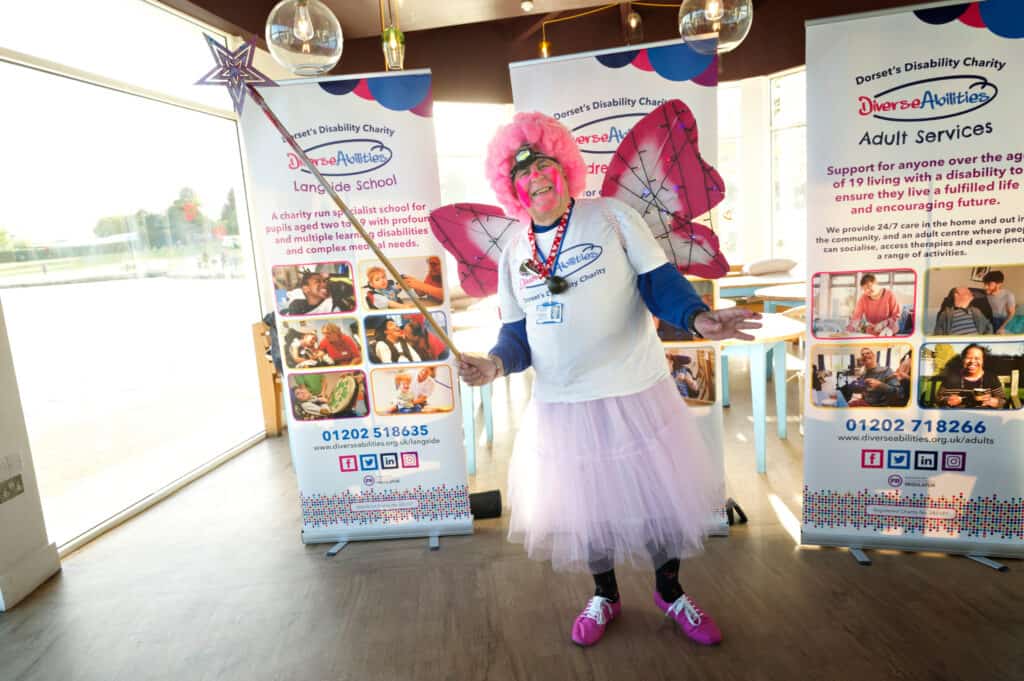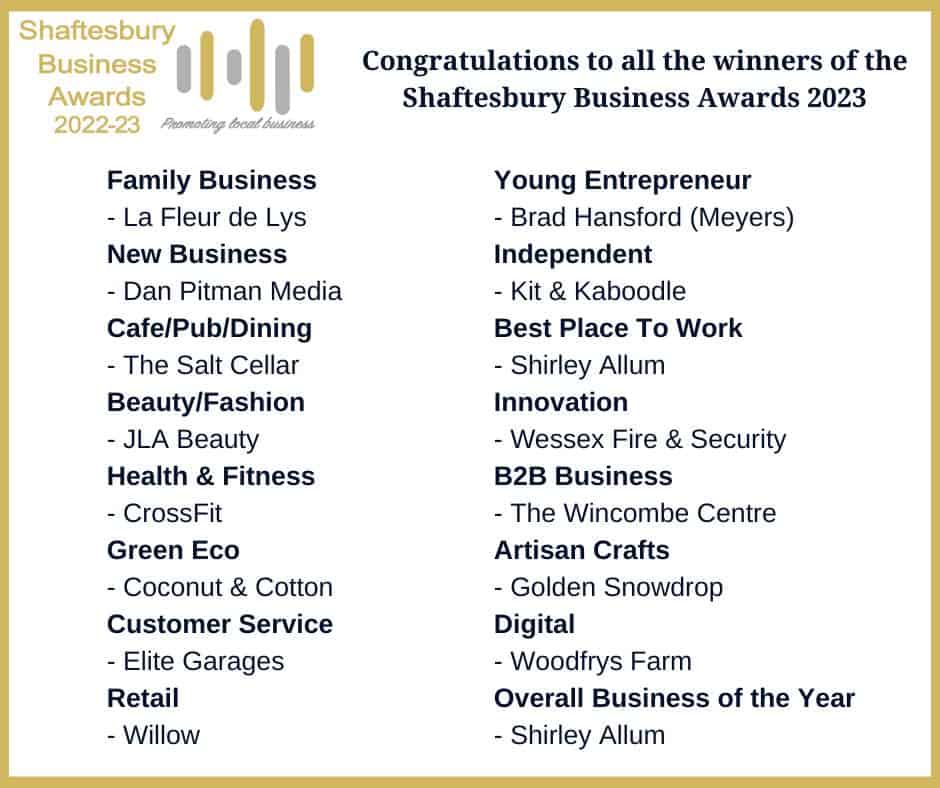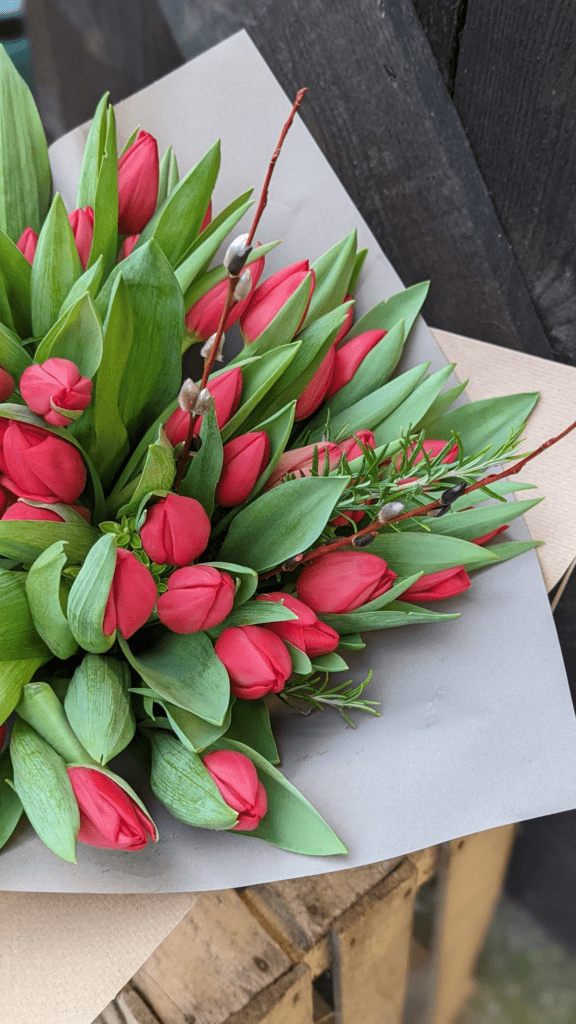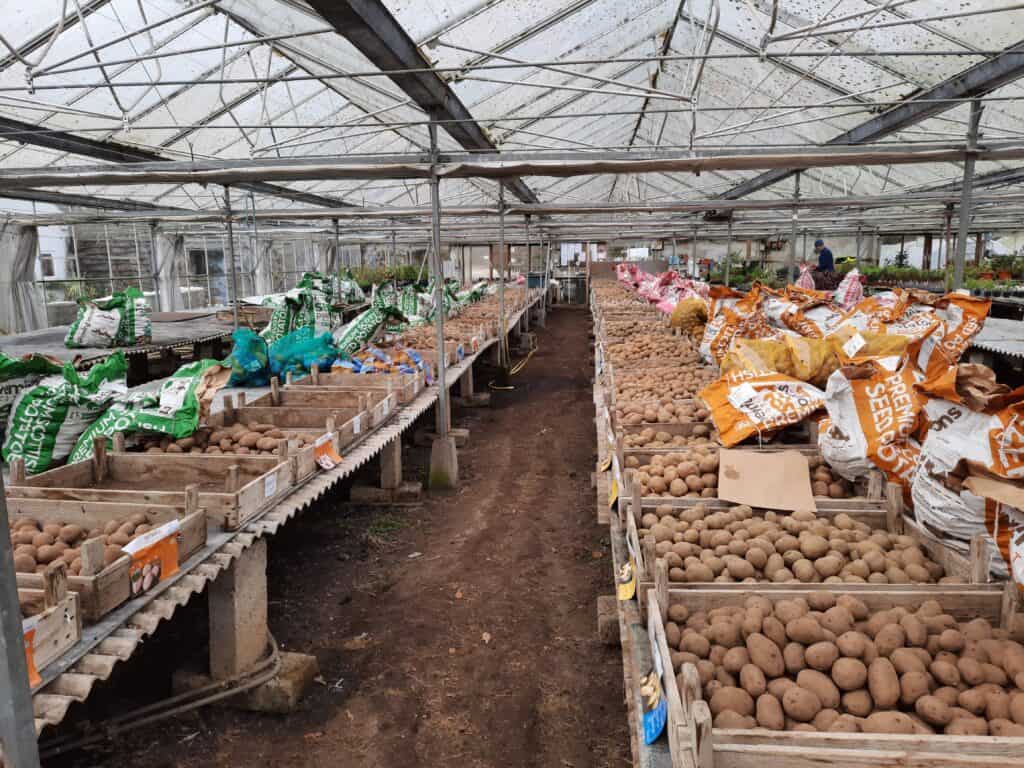Foaling season has begun, but between the all night camera duty shifts Lucy and Doug have managed to go and see some of ‘their’ foals on the track

Confident that the mare we had been watching on the foaling cameras all night was quietly finishing up her breakfast and knowing that the girls would be arriving shortly to start work for the day, at 7.30am I relaxed my vigil and went to tack up the first horse I had planned to ride. Not long after, I heard a shout of ‘Sway’s foaled!’ and sure enough, in that short time from having shown no outward signs that foaling was imminent, Glanvilles Guest had got on with it on her own, and there in the straw was a lovely, big, chestnut colt.
This season’s first foal had arrived the week before, but with the more usual fanfare warning signs that a mare is in labour. At 11.00pm we watched on camera as Solitairy Girl started pacing the box, lying down and then getting up again. At 11.30pm she was starting to get sweaty, at 11.45pm we could see the bag appear and by 11.58 there was a filly foal, lying in the straw being busily licked by her dam. Again, a nice easy foaling with very little help required. This was the seventh foal out of the mare. Her first foal is a 6yo, 128 rated gelding called Soul Icon, who is in training with Kieran Burke and who has won an impressive seven of the eleven hurdle races he has run so far.
Stretch the legs
There is another early February foal due to a mare called Seemarye, who is in foal to the champion British jumps sire, Nathaniel. The mare’s pregnancy is looking huge, and being fat and unwieldy she goes into the all-weather turnout and just stands in one place and munches hay all day. Her lack of movement is meaning that her legs are beginning to fill and, as she is too heavily in foal to put on the walker, we are leading her up the track for a really good leg stretch, before she comes back into her stable in the afternoon, just to get her moving and get her circulation going.
No more mares are due until early March, so once Seemarye has foaled, Doug and I should get a couple of weeks break from constant night-time camera watching. We might even take the rare opportunity to go away for a few days!
TGS foals at the races
At the same time as the first foal was being born on the stud, Doug was up in Doncaster selling three foals and an infoal broodmare. You may recall I’d talked about their being prepared for the sales in the January column. We had bought the mare, Spirit of Rome, in 2017 as a maiden 3yo filly (which means she was a young horse, had raced on the flat but not won) with a good pedigree. She had since been leased to trainers to add form to her page (a horse’s page in a sales catalogue describes the quality of its racecourse performance plus that of its relatives, going back three or four generations. You can see Spirit of Rome’s here), winning twice and placing seven times over hurdles. We were now trading her on. The foals and the mare were all sold – although some for not as much as we had hoped – and we look forward to following the racing careers of the foals in a few years.
From our breeder’s point of view, racing at Wincanton today, Thursday 2nd February* was a real pleasure, with a number of TGS-connected horses running. In the second race, a novices’ handicap steeplechase, Triple Trade, a 7yo Norse Dancer that we bred out of Doubly Guest came a very good second to a horse carrying 23lbs less than him. As this race was a novice handicap, horses are allotted a weight to carry that is proportionate to how good their previous performances have been. The theory being, if the handicapper does his job perfectly, all the runners will dead heat as the weight they are carrying gives all horses an equal chance. So, if today they had been running off level weights (all carrying the same weight) the finishing positions would likely have been very different. But it was a good race nonetheless and the winner did well to beat the other horses in the race with better form.
The last race, an open, maiden mares National Hunt flat race, saw another TGS-bred horse running: the 6yo Sam’s Amour, a Black Sam Bellamy mare out of the recently retired Aphrodisias (who incidentally is grandma to our first foal born this year!).
A second mare in this race, the 4yo Tique, whom we had foaled for her owner Heather Royle and who quickly became a yard favourite due to her extreme friendliness and beauty, was also running. Both ran good races and although they finished out of the placings today, I will never tire of seeing the foals we help bring into the world out doing their jobs on the racetrack.
Breeding a racehorse is just the start of the journey and there are so many pitfalls along the route to their first (and subsequent) races that we always say, ‘Just getting a horse to the racetrack is a win in itself. Actually getting that horse to then win a race is the icing on the cake!’
- yes, I do tend to send in late copy, apologies editor!
(Luckily for you – as usual – I’m now gripped and have therefore forgotten how late you submitted. Again. – Ed)


















